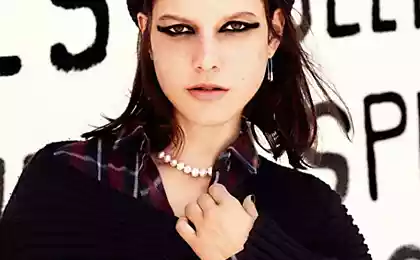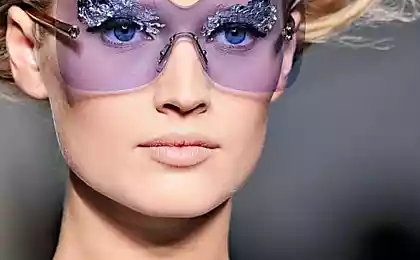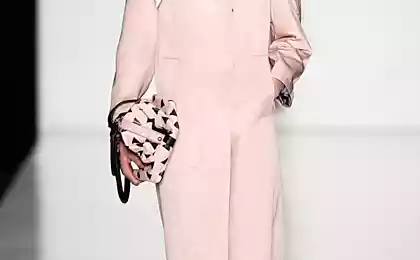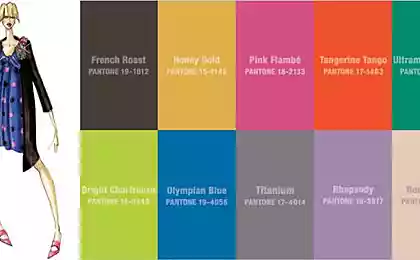2048
Fancy stuff from the past
Corset: death by suffocation
Until such time as the beginning of XX century, Paul Poiret at par with Coco Chanel freed women from corsets, he had time to suffer from many European women. The degree of fanaticism at different times varied as the representation of an ideal. If in the previous century, waist 60 inches was considered aspen, at the end of the XIX century, this parameter was almost half - 33 centimeters. And all because of the then popular French singer-actress Pauline Poehler, notorious reached perfection. Of course, in our time has its Pauline: Dita Von Teese, for example, to get rid of the bottom pair of ribs surgically. But women did not find the appearance of plastic surgery had significantly more complicated: they all life suffered deformation of the internal organs, lung volume reduction, and sometimes the inability to bear a child.
"Music Day", Eduardo Leon Garrido, XIX century
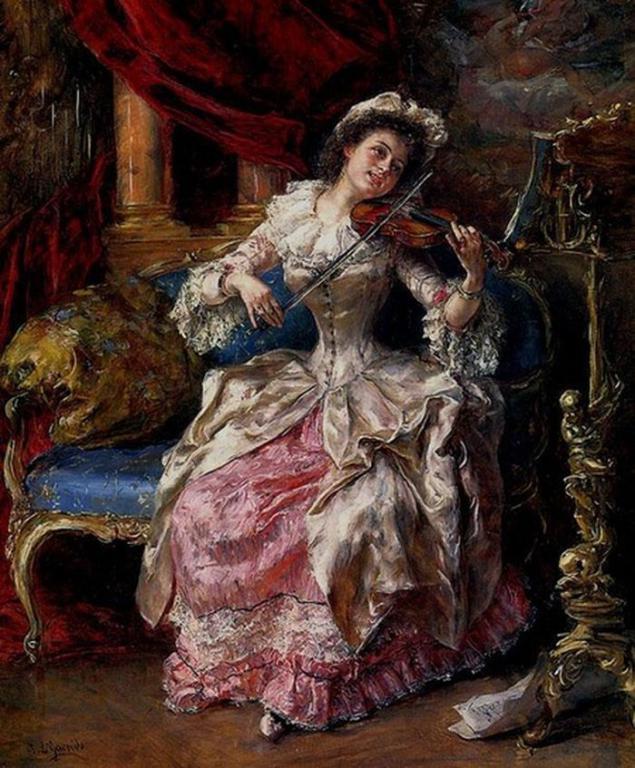
White, powder and depilatory: death from poisoning
The person suffers from no less. In addition to a wasp waist in XVII-XVIII centuries aesthetic perfection was considered pale face. Foundation cream was not, but were lead and zinc oxide, arsenic, and vinegar, which had to drink. So what that the skin very soon covered with sores, but it was whiter than snow. Poisons used for hair removal: used composition based on lime and arsenic. A pigmentation fought using cyanide compounds.
"Henrietta Maria," Anthony van Dyck, XVII century
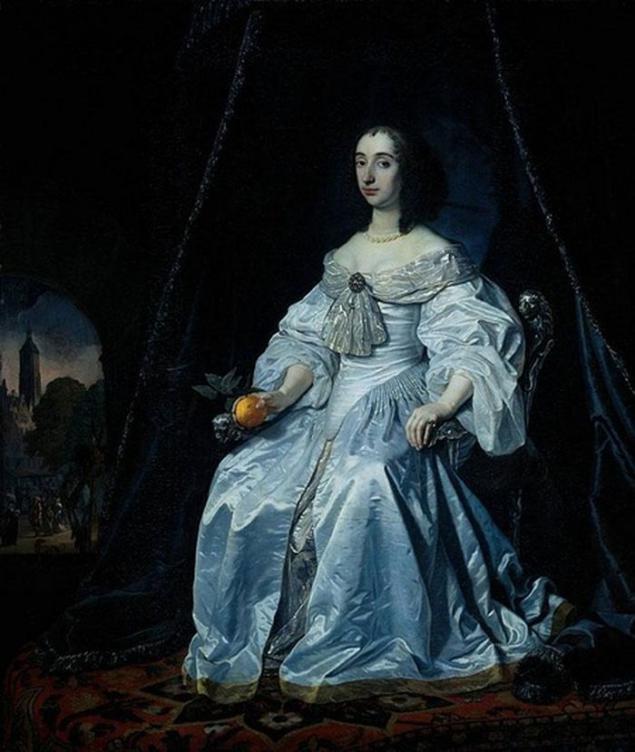
Emerald-green fabric: death from poisoning
Green shimmering colors in clothing and interior, popular in the Victorian era, also achieved with the help of arsenic. Grass, of course, not only great ladies, but also manufacturers: dressmakers and textile workers. In these dresses was dangerous even to sweat: sweat secreted again absorbed into the skin has with poison.
"Queen Victoria", Franz Xaver Winterhalter, 1855
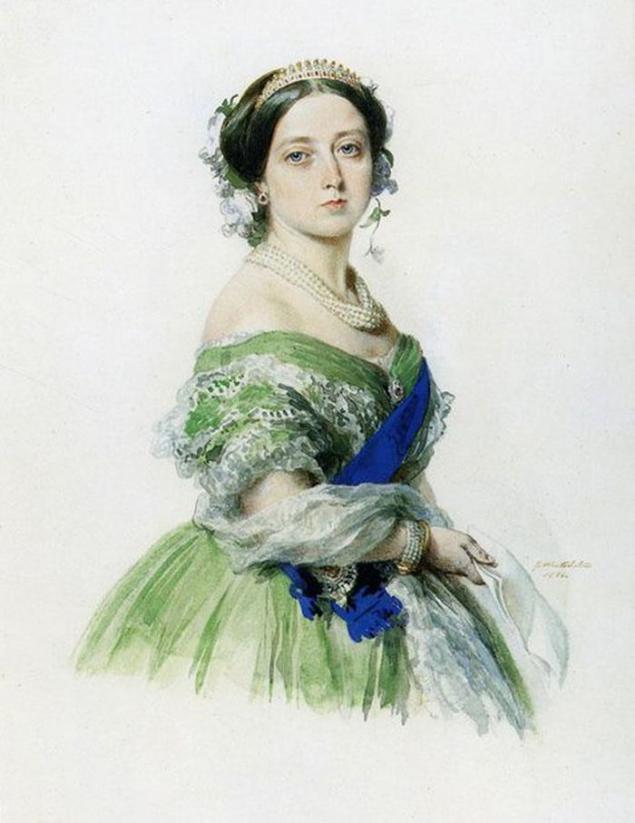
Belladonna and Nightshade: loss of vision
To give an expressive look in her eyes often dripped belladonna or nightshade: pupils dilate, appeared "mysterious" shine. This method often leads to hallucinations and blindness. At the same purposes and with the same result in ancient Egypt used antimony sulfide.
"Lady in Furs", El Greco, 1577-1580 years
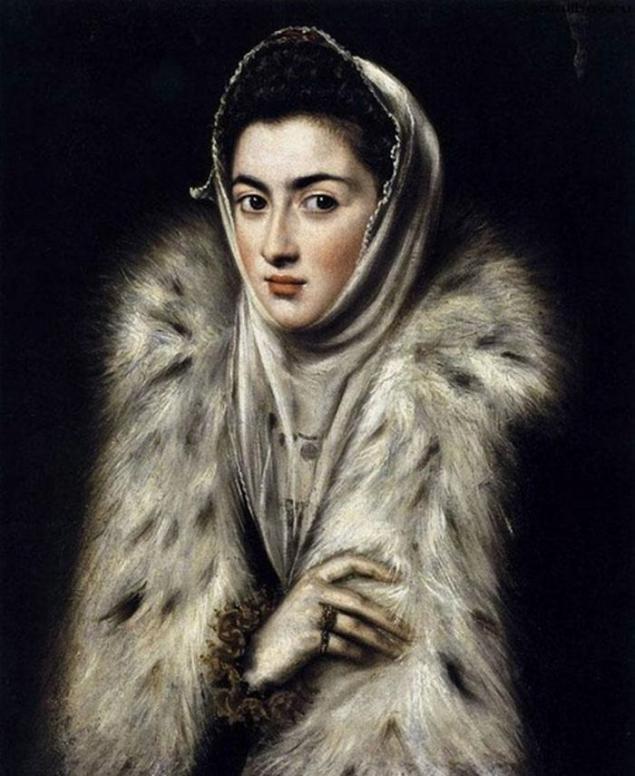
Bandaging and hauling metal plates: deformation
In the Middle Ages the Church greatly influenced ideas about beauty, strongly advocating. Since the art of the time was inseparable from religion, to girls with engravings can easily keep track of beauty ideals of the past. The heroine of the Middle Ages looked like this: tiny hands and feet, high forehead, round belly, blonde hair.
"Mary of Burgundy," Michael Pacher, 1490
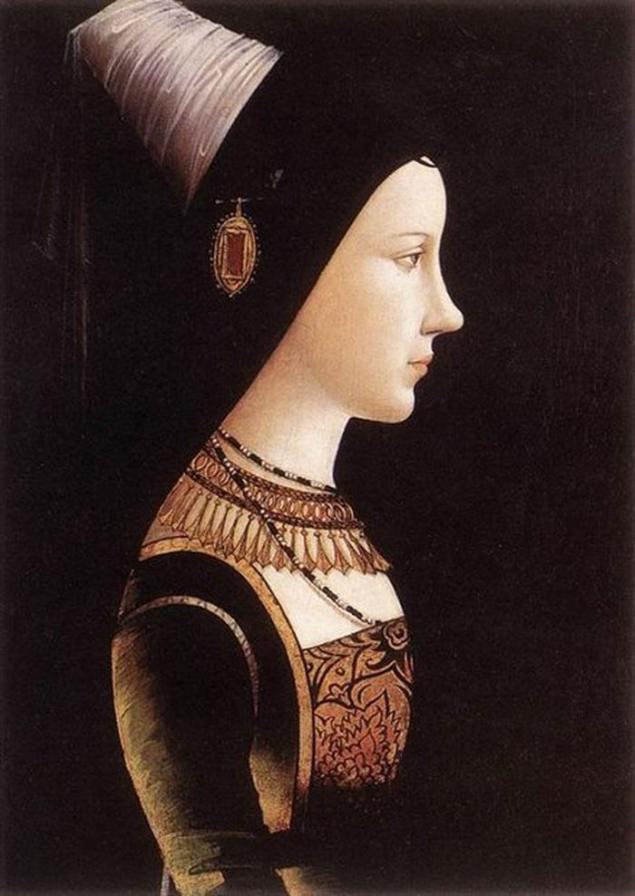
Wigs: death from infection
In the fourteenth and eighteenth centuries triumphant fashion wigs. Sometimes they reached such absurd dimensions, such as in the days of Marie Antoinette that they settled rodents, attracted by the smell of bacon, served with glue and keep the construction on the head
"Marie Antoinette", Joseph Ducret, 1769
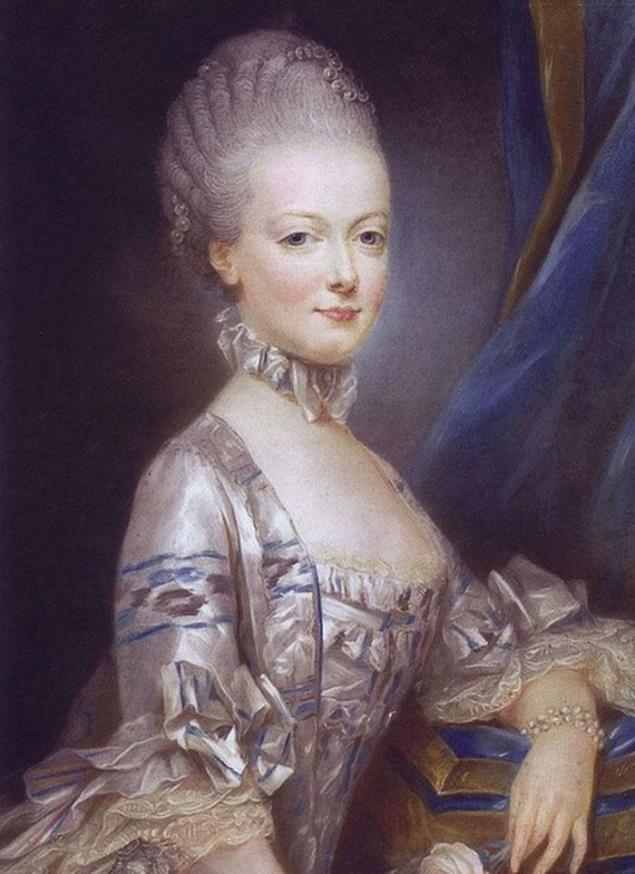
Men cylinders: death from poisoning
Many hats, from the Middle Ages, trimmed beaver fur: Napoleon's cocked hat, wide-brimmed hats French chevalier, flirty ladies' hats riding cylinders with curved and other fields. Then, few people thought that the fashion accessory could lead to premature death. And this time, the victims were mostly men. The fact is that in the process of manufacture of felt, used for the manufacture of hats, used mercury.
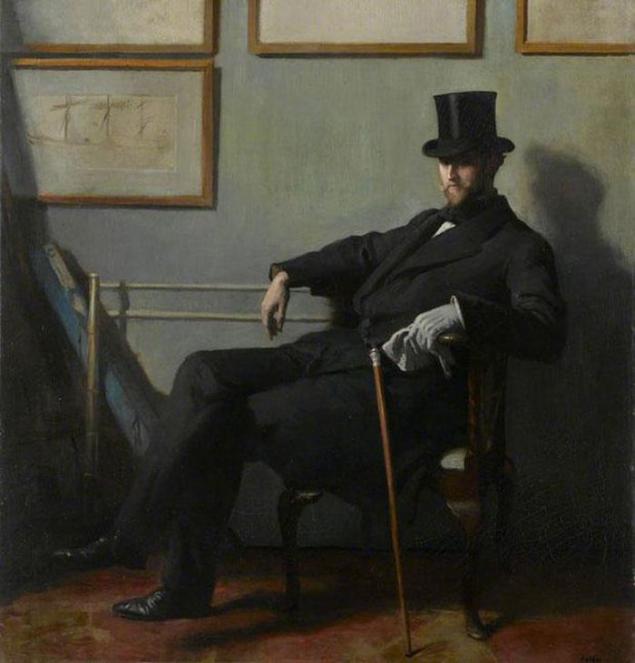
It would be logical to conclude the narrative conclusions that modern medicine - it is a miracle, or, alternatively, to complain about the fact that the cosmetics of arsenic can not be compared with the horrors of plastic surgery. However, the idea of beauty and willingness to make sacrifices for the sake of the picture, who are positioned in the head - this is the result not only of a particular historical context, but also the degree of zakompleksovannosti and properties of nature. The only thing that is useful to always remember is that the body of each one, and it should be protected.
Argued that the Mad Hatter in "Alice" was suffering from mercury poisoning.
In the photo - Johnny Depp in the role of the Mad Hatter in "Alice in Wonderland" by Tim Burton, 2010
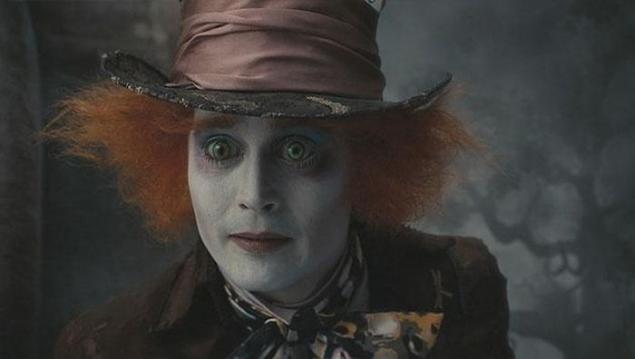
Crinolines: Chance burned alive
Crinolines were popular in the XIX century in England. In the decade from 1860 to 1870, from the "crinoline fire" killed about 3,000 women. Fireproof fabric were considered too ugly to wear them. However, the case is known save the life of a crinoline. In 1885, The Times published an article about a woman who jumped off the bridge and surviving thanks crinoline, played the role of a parachute. Until now, there is debate as much as possible, but the incident quickly became known Bristol Baikit.
"Empress Eugenie Surrounded by ladies", Franz Xaver Winterhalter, 1855

Source: lady.tut.by
Until such time as the beginning of XX century, Paul Poiret at par with Coco Chanel freed women from corsets, he had time to suffer from many European women. The degree of fanaticism at different times varied as the representation of an ideal. If in the previous century, waist 60 inches was considered aspen, at the end of the XIX century, this parameter was almost half - 33 centimeters. And all because of the then popular French singer-actress Pauline Poehler, notorious reached perfection. Of course, in our time has its Pauline: Dita Von Teese, for example, to get rid of the bottom pair of ribs surgically. But women did not find the appearance of plastic surgery had significantly more complicated: they all life suffered deformation of the internal organs, lung volume reduction, and sometimes the inability to bear a child.
"Music Day", Eduardo Leon Garrido, XIX century

White, powder and depilatory: death from poisoning
The person suffers from no less. In addition to a wasp waist in XVII-XVIII centuries aesthetic perfection was considered pale face. Foundation cream was not, but were lead and zinc oxide, arsenic, and vinegar, which had to drink. So what that the skin very soon covered with sores, but it was whiter than snow. Poisons used for hair removal: used composition based on lime and arsenic. A pigmentation fought using cyanide compounds.
"Henrietta Maria," Anthony van Dyck, XVII century

Emerald-green fabric: death from poisoning
Green shimmering colors in clothing and interior, popular in the Victorian era, also achieved with the help of arsenic. Grass, of course, not only great ladies, but also manufacturers: dressmakers and textile workers. In these dresses was dangerous even to sweat: sweat secreted again absorbed into the skin has with poison.
"Queen Victoria", Franz Xaver Winterhalter, 1855

Belladonna and Nightshade: loss of vision
To give an expressive look in her eyes often dripped belladonna or nightshade: pupils dilate, appeared "mysterious" shine. This method often leads to hallucinations and blindness. At the same purposes and with the same result in ancient Egypt used antimony sulfide.
"Lady in Furs", El Greco, 1577-1580 years

Bandaging and hauling metal plates: deformation
In the Middle Ages the Church greatly influenced ideas about beauty, strongly advocating. Since the art of the time was inseparable from religion, to girls with engravings can easily keep track of beauty ideals of the past. The heroine of the Middle Ages looked like this: tiny hands and feet, high forehead, round belly, blonde hair.
"Mary of Burgundy," Michael Pacher, 1490

Wigs: death from infection
In the fourteenth and eighteenth centuries triumphant fashion wigs. Sometimes they reached such absurd dimensions, such as in the days of Marie Antoinette that they settled rodents, attracted by the smell of bacon, served with glue and keep the construction on the head
"Marie Antoinette", Joseph Ducret, 1769

Men cylinders: death from poisoning
Many hats, from the Middle Ages, trimmed beaver fur: Napoleon's cocked hat, wide-brimmed hats French chevalier, flirty ladies' hats riding cylinders with curved and other fields. Then, few people thought that the fashion accessory could lead to premature death. And this time, the victims were mostly men. The fact is that in the process of manufacture of felt, used for the manufacture of hats, used mercury.

It would be logical to conclude the narrative conclusions that modern medicine - it is a miracle, or, alternatively, to complain about the fact that the cosmetics of arsenic can not be compared with the horrors of plastic surgery. However, the idea of beauty and willingness to make sacrifices for the sake of the picture, who are positioned in the head - this is the result not only of a particular historical context, but also the degree of zakompleksovannosti and properties of nature. The only thing that is useful to always remember is that the body of each one, and it should be protected.
Argued that the Mad Hatter in "Alice" was suffering from mercury poisoning.
In the photo - Johnny Depp in the role of the Mad Hatter in "Alice in Wonderland" by Tim Burton, 2010

Crinolines: Chance burned alive
Crinolines were popular in the XIX century in England. In the decade from 1860 to 1870, from the "crinoline fire" killed about 3,000 women. Fireproof fabric were considered too ugly to wear them. However, the case is known save the life of a crinoline. In 1885, The Times published an article about a woman who jumped off the bridge and surviving thanks crinoline, played the role of a parachute. Until now, there is debate as much as possible, but the incident quickly became known Bristol Baikit.
"Empress Eugenie Surrounded by ladies", Franz Xaver Winterhalter, 1855

Source: lady.tut.by

